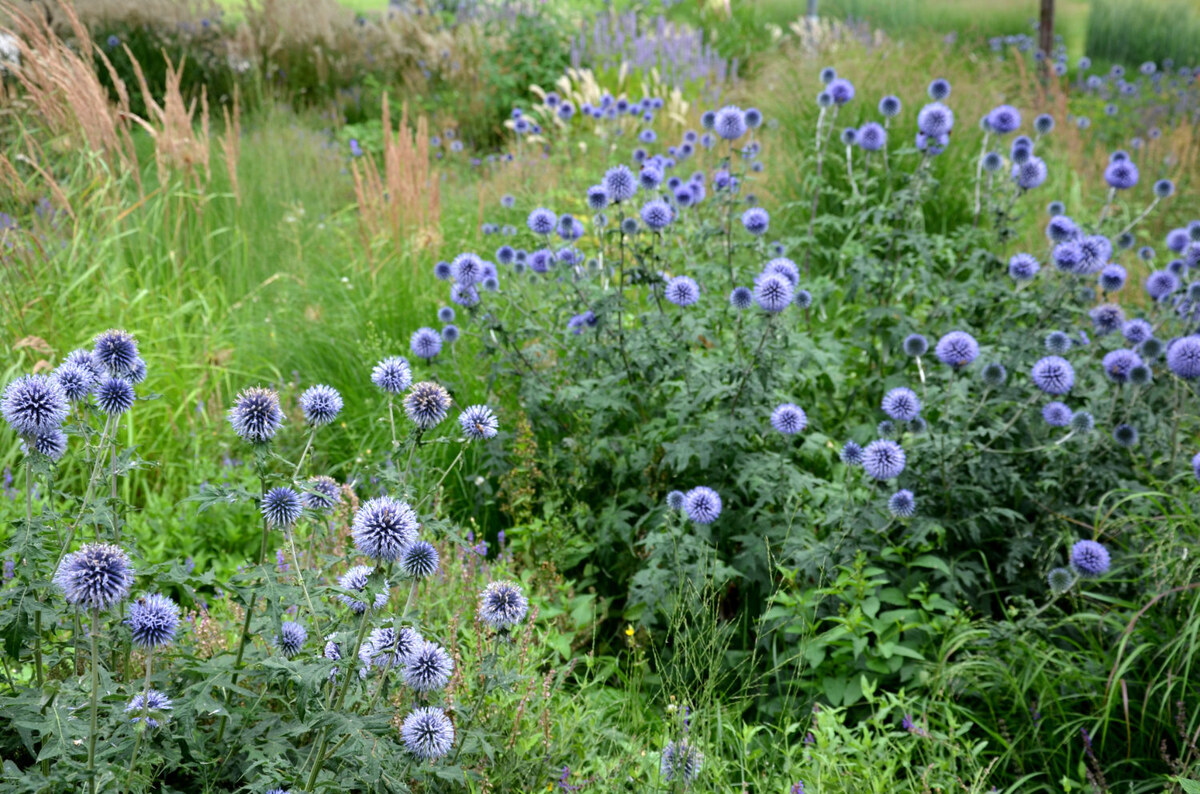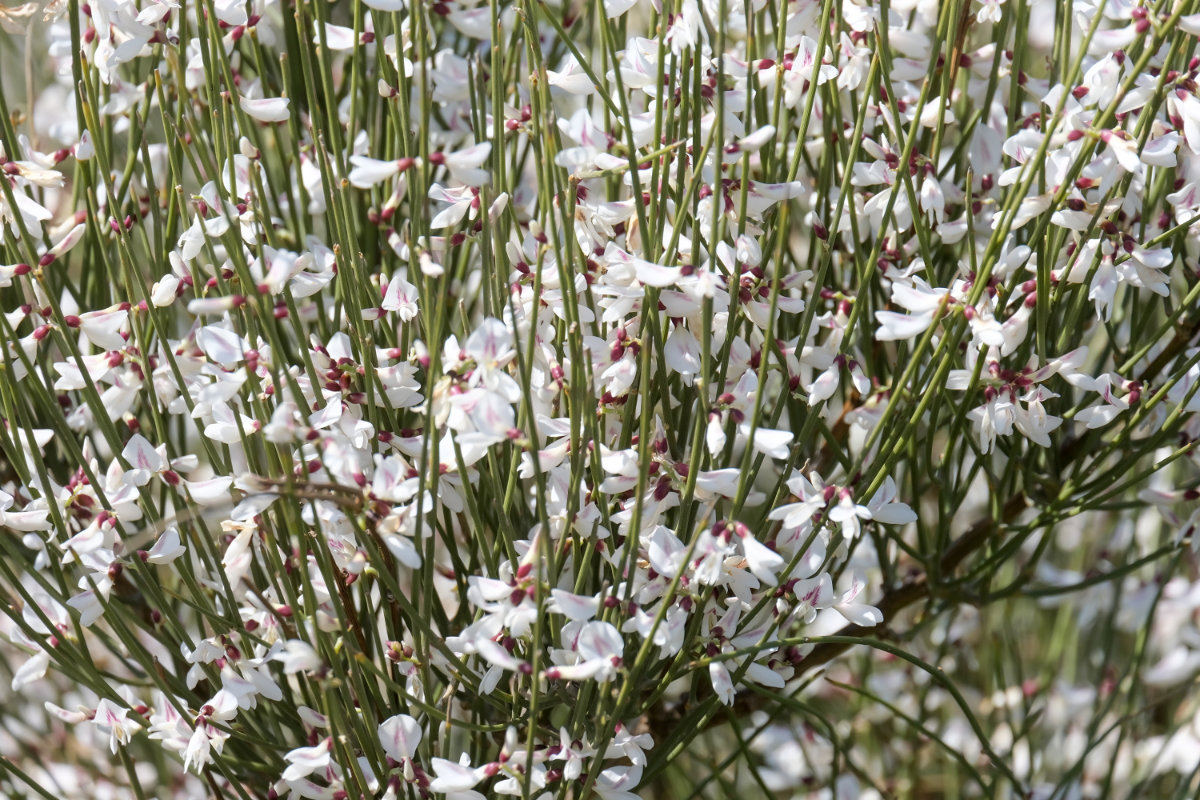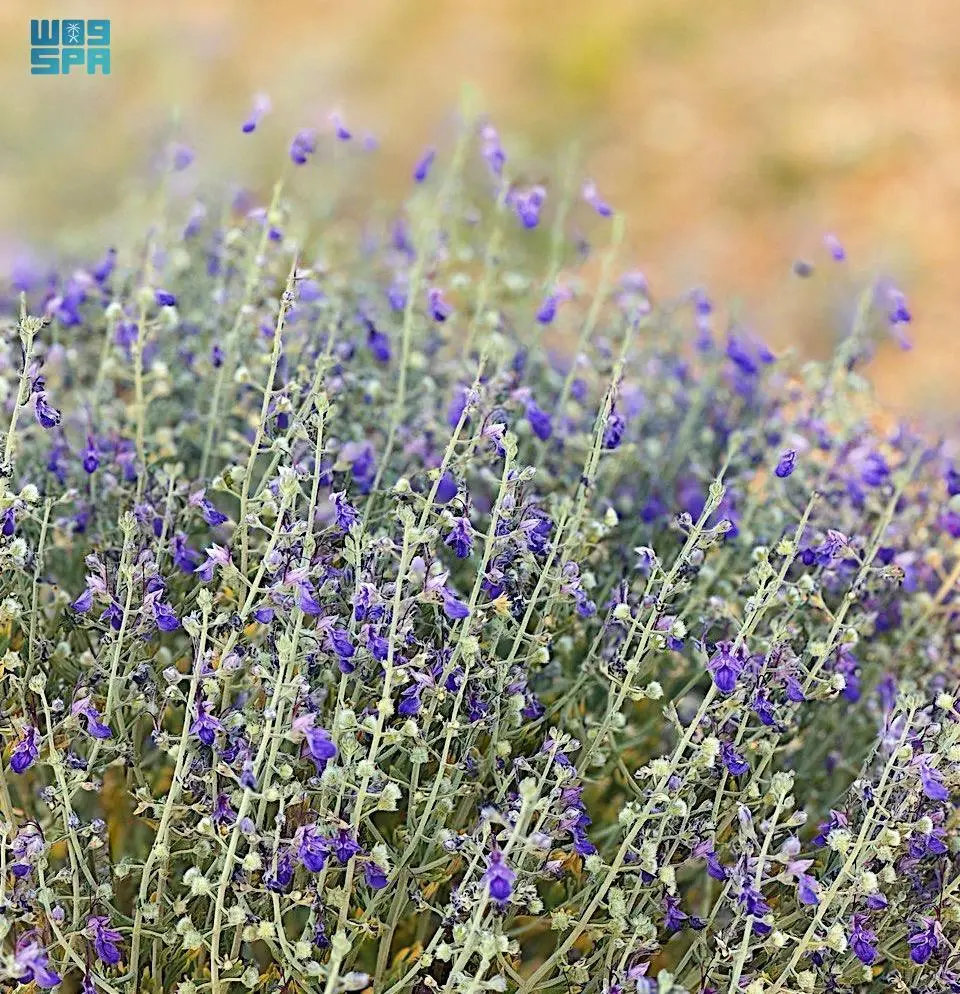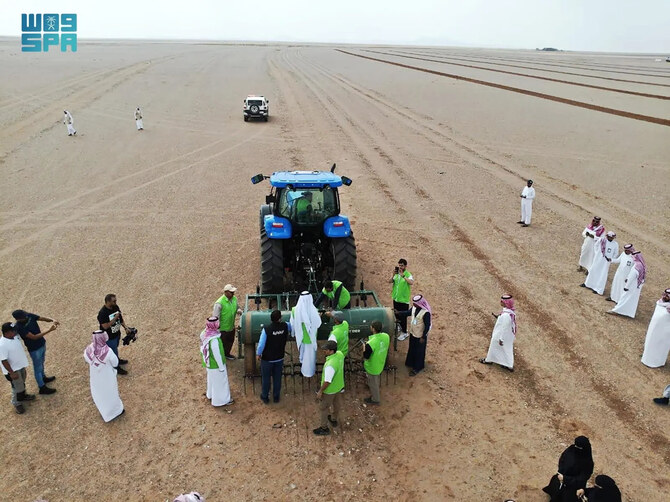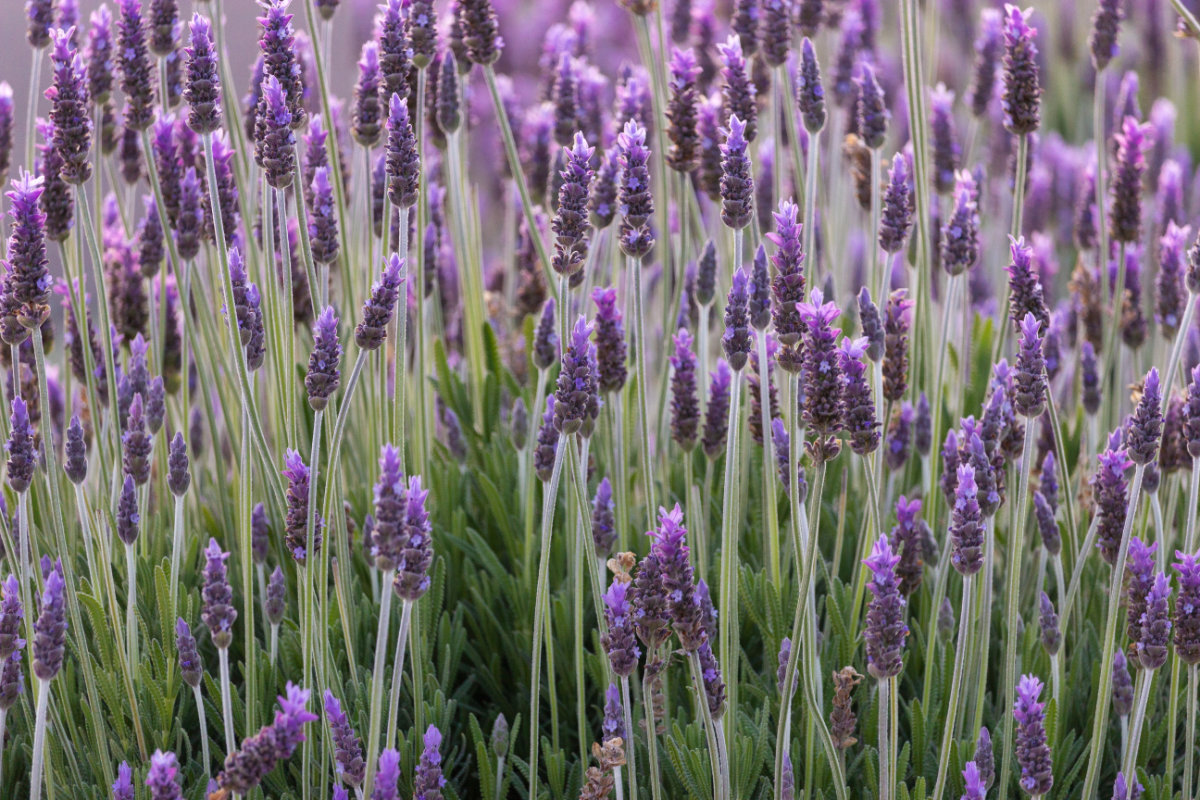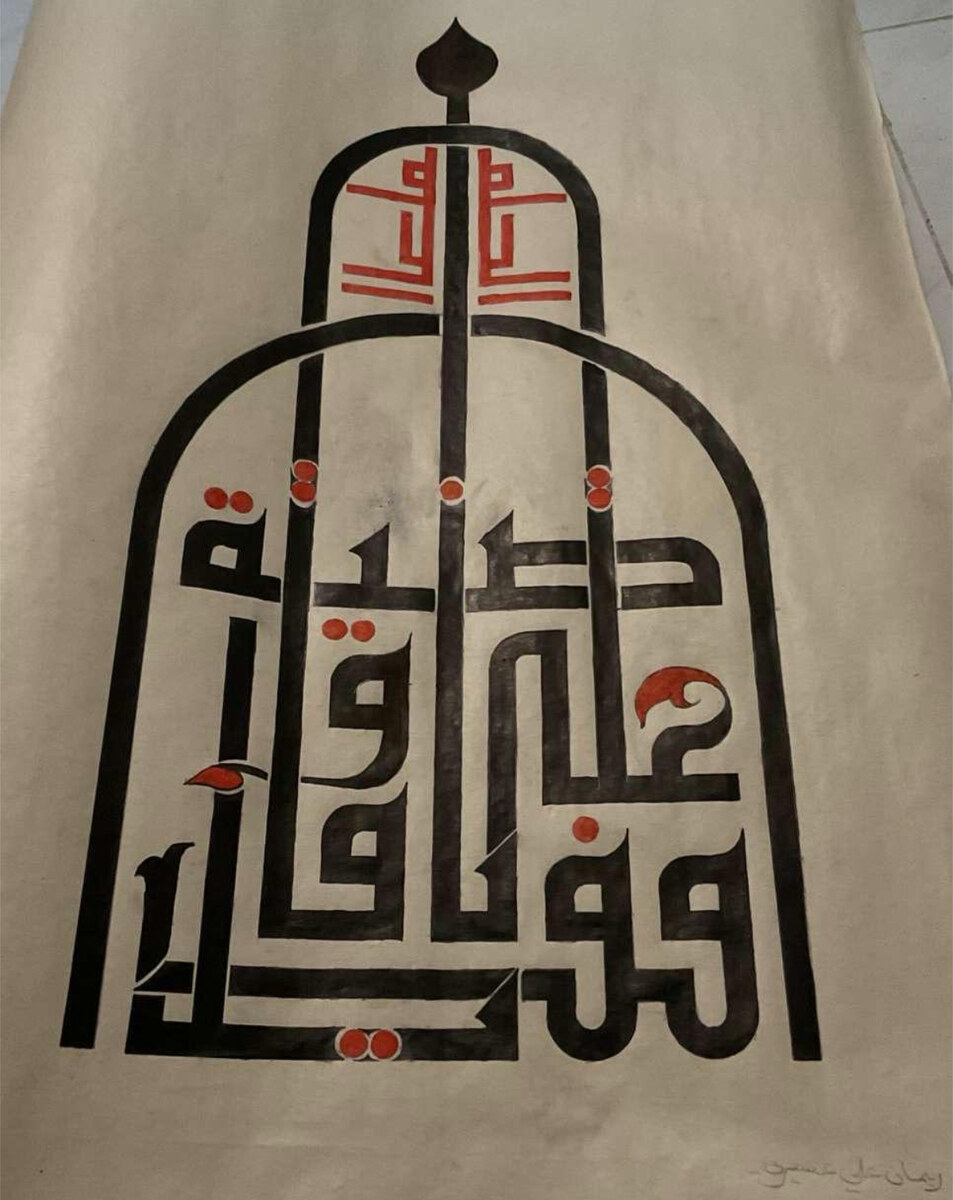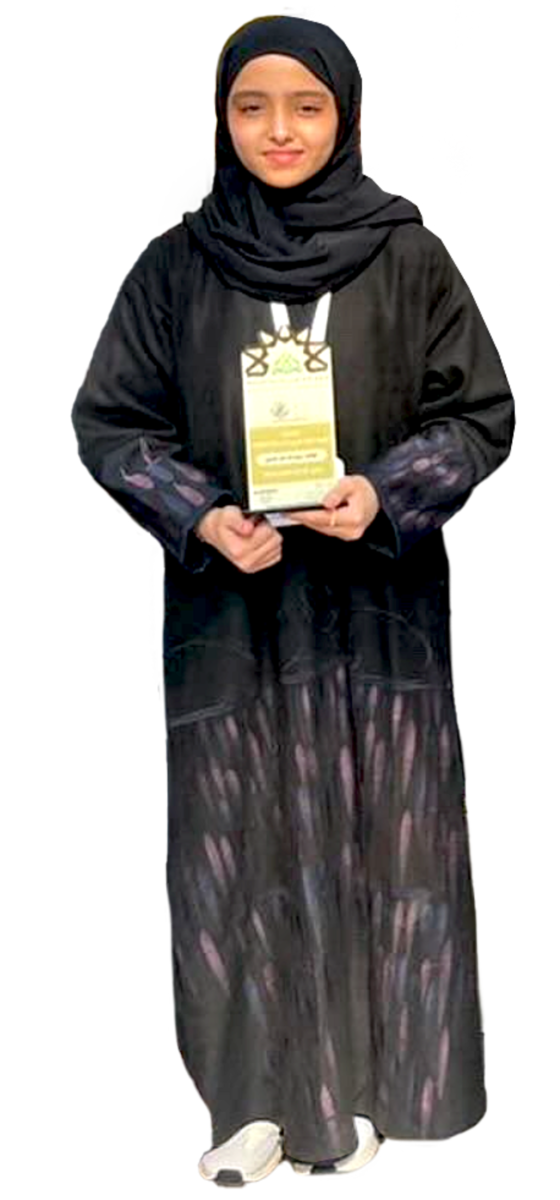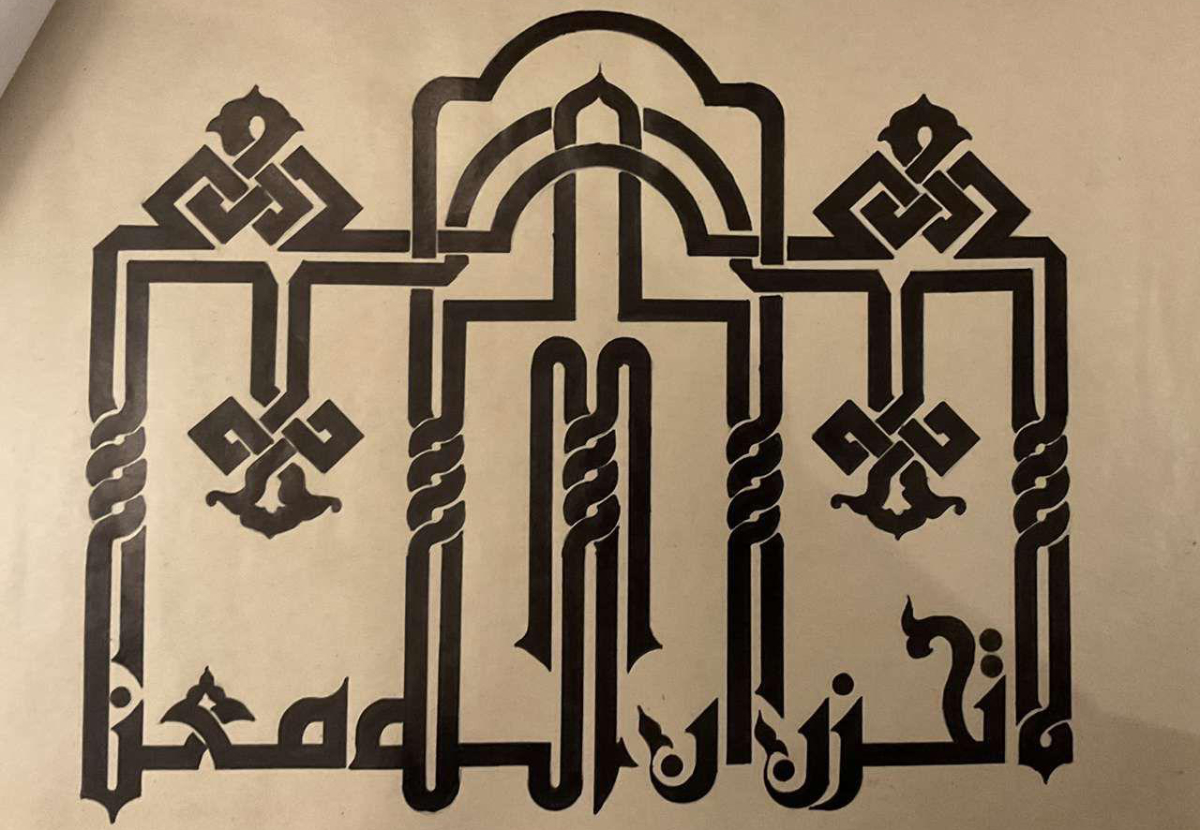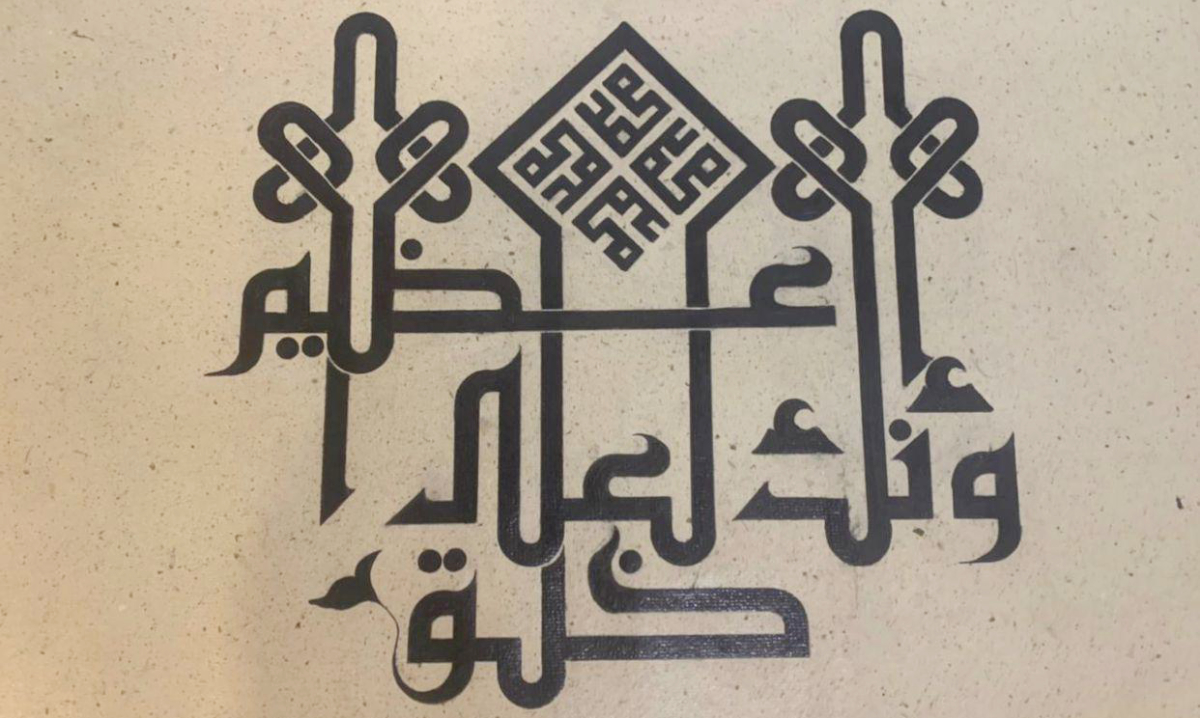RIYADH: From whimsical and fragrant candles to oils and sage, small business entrepreneurs in Saudi Arabia are boosting the market with products that bring joy and calm to people’s lives.
Their journeys showcase the vibrant entrepreneurial spirit which is thriving as part of the Kingdom’s Vision 2030.
In 2021, from a modest room in Saudi Arabia, one woman embarked on an entrepreneurial journey with no initial capital and only a dream.

Glowr was born out of Atheer Al-Harbi’s desire to create healthier candle options. (Instagram/glowrr.sa)
Mawadda Al-Surehi’s brand Agape & Co. offers organic oils, candles, incense and high-quality gemstones, and is driven by her resilience and innovative spirit.
“My interest in candle making was sparked by my love for crafting and the satisfaction of creating products,” she told Arab News. “My passion for blending scents and creating unique designs led me to start my business.”
Al-Surehi’s journey began with a single candle made on a portable stove. As a self-taught candlemaker, she credits online courses and hands-on experience for pushing her forward.

Al-Surehi meticulously sources products with a focus on sustainability and eco-friendly materials. (Supplied)
She added: “I always dreamed of offering something I have full faith in.”
Her brand’s rise started in a modest room at home and, by 2024, she had a registered trademark, a warehouse, staff, and a factory partnership.
Reflecting on her career, Al-Surehi said: “I’m not going to lie, I faced a lot of challenges, including keeping the handmade spirit of the products. It’s not easy at all to produce a large quantity where every piece has been overseen by me.”

Despite the challenges of selling scents online, Al-Harbi remains steadfast in conveying the product’s essence. (Supplied)
Al-Surehi meticulously sources products with a focus on sustainability and eco-friendly materials.
This included partnering with an organic oils farm in Hungary. “It was a dream come true,” she said, as it allowed her to ensure that every product is made with top-notch organic oils.
She added: “I have always been fascinated by gemstones and their healing properties.”
Like many small business owners in Saudi Arabia and around the world, social media has proved to be a potent platform for marketing products and growing a loyal customer base. Agape’s Instagram, which boasts more than 7,500 followers, provides an album of photographs to introduce its products to new and old customers.
Al-Surehi is looking forward to the future at Agape, and adds that she never stops planning and thinking about the company.
She said: “I literally think about it around the clock. There will always be new products and collections.”
She is not alone in the vibrant entrepreneurial landscape of Saudi Arabia, and there are other stories unfolding parallel to her own.
Glowr was born out of Atheer Al-Harbi’s desire to create healthier candle options. “The frequent headaches from conventional candles pushed me to explore organic alternatives,” Al-Harbi told Arab News.
This led to the creation of scented, eco-friendly candles. Despite the challenges of selling scents online, Al-Harbi remains steadfast in conveying the product’s essence.
She added: “I believe in connecting with customers through storytelling and providing samples to help them choose the right fragrance.”
Abaq started as a creative endeavor to create personalized gifts, and has grown into a business propelled by positive feedback. Its founder reflected: “Finding affordable raw materials was tough, but perseverance and creativity kept us going.”
Embracing platforms like TikTok has been a pivotal marketing strategy, allowing the brand to showcase its products to large audiences. “Understanding our customers and pricing competitively is key to our success,” its founder added.
Bassam Al-Ghamdi’s Shiro Studio began as a family project with a vision to create meaningful and joyful products, and now sells soy candles and home accessories like cups and cup holders. “Our inspiration comes from nature and culture, and we continually seek to refine our craft,” Al-Ghamdi told Arab News.
Despite the challenges of sourcing quality materials, local resources like beeswax have been utilized in an innovative way.
Al-Ghamdi added: “Staying updated on market trends and adapting to them is crucial.”
The business has plans to expand both locally and internationally, and with nearly 8,000 followers on Instagram it has tapped into the power of social media to uplift the brand.











